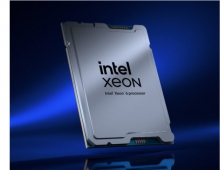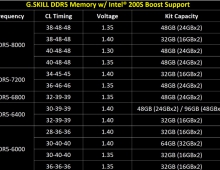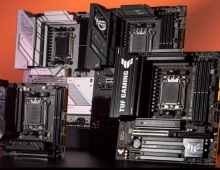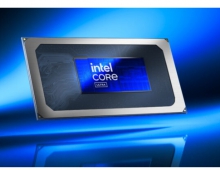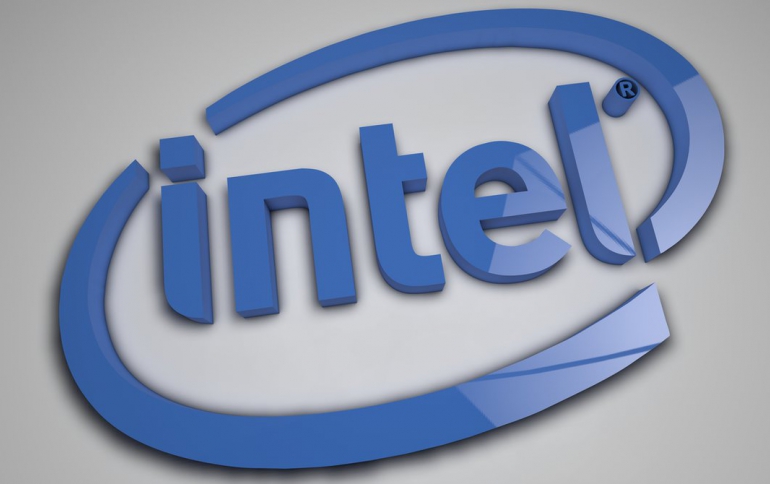
Intel Develops Very Low Power Graphics Core For Mobiles, Tablets
Intel has designed a new integrated graphics core that the can significantly improve the battery life of smartphones, tablets and laptops.
Typically, the main factor that drains a battery of a mobile computing device is the power required for graphic intensive operations i.e 3D gaming or HD video playback. Besides driving the display on a phone, a battery also provides the power to the processor cores, radio features, camera, bright screen, and all of the other essential features.
In order to save power, engineers that design graphics processors need to be creative with how much power to use, how the computations are performed, and with how to deliver the best performance while sipping minimal energy from the battery.
At International Solid State Circuits Conference 2014, Intel Labs presented an energy-efficient graphics processing core built on the latest 22nm tri-gate SoC process technology. Intel says that this graphics core incorporates several new features that allow it to improve energy efficiency by 40%. This core also has the ability to very quickly go into standby mode where power savings is 10X compared to active - yet another way of saving energy for when it is absolutely needed without the need to worry about charging frequently.
According to James Tschanz, research scientist at Intel Labs, the best way to reduce power is to reduce voltage, so Intel's graphics cores are designed to take advantage of the company's 22nm tri-gate transistor technology which allows high-performance operation even as voltage is lowered. However even with these advanced transistors, some specialized circuits (such as memory arrays) inside the graphics core can still limit the minimum voltage (called Vmin) which can be used.
"This design demonstrates a new "selective boosting" technique which uses a slightly higher "boosted" voltage for key parts of Vmin-limiting memory arrays in the core, Tschanz says. "By dynamically boosting only small parts of the core, the rest of the core can go to even lower voltage - giving dramatic energy efficiency improvements," he explained.
Even with this voltage-reduction technique, however, there is still room for improvement. When the graphics core is operating, it is switching units on and off very quickly to optimize power and performance. All of this switching can cause 'noise' on the internal power supply - voltage droops and glitches which if not handled correctly could cause an error or failure inside the core.
Although there are voltage regulators to minimize this issue, a small voltage 'safety margin' is added to ensure that everything still works 100% correctly. The only problem with this safety margin is that it increases voltage. In this graphics core Intel therefore includes a technique - called adaptive clocking - to reduce this safety margin by detecting voltage droop events and slowing down the clock frequency of the core to prevent failures. These droops are infrequent and very fast, so slowing down the clock is not perceptible to the user.
Finally, this core includes special circuits that allow it to go very quickly into a 'sleep' state, saving all of the important data but consuming very little power. Just as in selective boosting, this requires a separate voltage supply which is kept 'on' even in sleep mode, allowing the voltage to all of the other circuits in the core to be completely turned off. In fact, even the separate 'retention' supply can be lowered in sleep mode through an on-die sleep voltage regulator, giving further power savings.
These techniques are currently found in a testchip within Intel Labs.
In order to save power, engineers that design graphics processors need to be creative with how much power to use, how the computations are performed, and with how to deliver the best performance while sipping minimal energy from the battery.
At International Solid State Circuits Conference 2014, Intel Labs presented an energy-efficient graphics processing core built on the latest 22nm tri-gate SoC process technology. Intel says that this graphics core incorporates several new features that allow it to improve energy efficiency by 40%. This core also has the ability to very quickly go into standby mode where power savings is 10X compared to active - yet another way of saving energy for when it is absolutely needed without the need to worry about charging frequently.
According to James Tschanz, research scientist at Intel Labs, the best way to reduce power is to reduce voltage, so Intel's graphics cores are designed to take advantage of the company's 22nm tri-gate transistor technology which allows high-performance operation even as voltage is lowered. However even with these advanced transistors, some specialized circuits (such as memory arrays) inside the graphics core can still limit the minimum voltage (called Vmin) which can be used.
"This design demonstrates a new "selective boosting" technique which uses a slightly higher "boosted" voltage for key parts of Vmin-limiting memory arrays in the core, Tschanz says. "By dynamically boosting only small parts of the core, the rest of the core can go to even lower voltage - giving dramatic energy efficiency improvements," he explained.
Even with this voltage-reduction technique, however, there is still room for improvement. When the graphics core is operating, it is switching units on and off very quickly to optimize power and performance. All of this switching can cause 'noise' on the internal power supply - voltage droops and glitches which if not handled correctly could cause an error or failure inside the core.
Although there are voltage regulators to minimize this issue, a small voltage 'safety margin' is added to ensure that everything still works 100% correctly. The only problem with this safety margin is that it increases voltage. In this graphics core Intel therefore includes a technique - called adaptive clocking - to reduce this safety margin by detecting voltage droop events and slowing down the clock frequency of the core to prevent failures. These droops are infrequent and very fast, so slowing down the clock is not perceptible to the user.
Finally, this core includes special circuits that allow it to go very quickly into a 'sleep' state, saving all of the important data but consuming very little power. Just as in selective boosting, this requires a separate voltage supply which is kept 'on' even in sleep mode, allowing the voltage to all of the other circuits in the core to be completely turned off. In fact, even the separate 'retention' supply can be lowered in sleep mode through an on-die sleep voltage regulator, giving further power savings.
These techniques are currently found in a testchip within Intel Labs.



